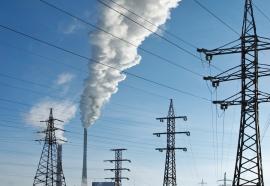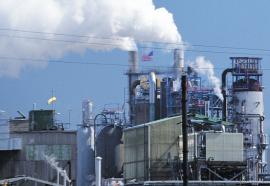Legal Battleground
2010 Law & Lawyers Report
The U.S. utility industry has never faced a more uncertain legal and regulatory landscape. From FERC demand-response pricing to state ratemaking disputes, legal trends and decisions are reshaping the power and gas market. The industry’s top legal minds provide strategic counsel. By definition, a battlefield is an ugly place. Conflict creates chaos, uncertainty and danger.










